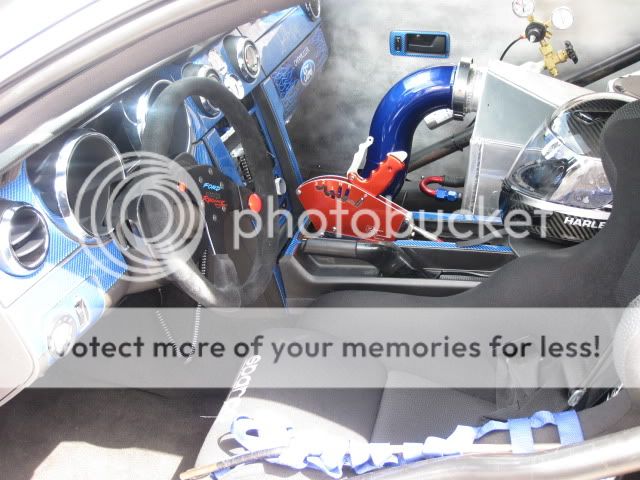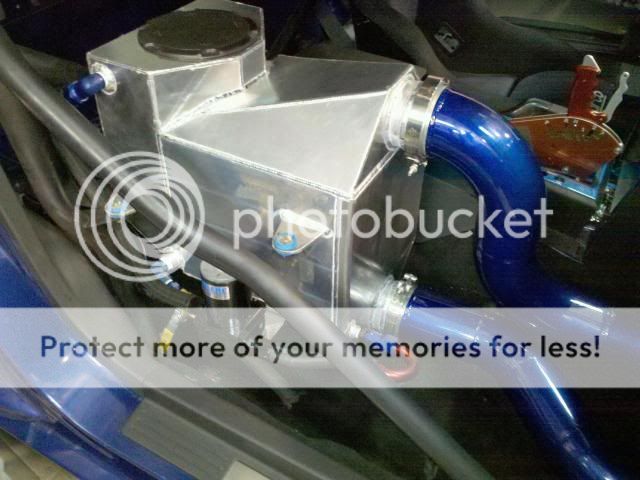tmcolegr
It's All About the Build
A little background: I have been working on and installing Saleen S/Cs on our S197s since they first came out several years ago. I personally own 2 S197s with Saleen S/Cs. Today I discovered something that I probably should have realized a long time ago and thought I would share this epiphany.
Like most everyone else that has a Saleen S/C'd vehicle, I am running a smaller pulley than the supplied 4" (4 psi) pulley. My wife's vehicle has a 3.2" pulley and my vehicle, that has a built motor, runs a 2.75" pulley. I have always assumed the higher IATs were the direct result of higher boost levels and this is true but not the entire story. High IATs have always plagued these vehicles. On my vehicle I installed an Afco GT 500 Dual Pass Heat Exchanger and even installed twin Spal fans. Even with the larger heat exchanger and dual fans, IATs were higher than I would have liked to have seen. So the next most logical step was to install a larger reservoir. Prior to installing the reservoir I decided to take a very close look at the complete I/C system to find out why it wasn't efficient.
On to the the heart of my post. The Saleen S/C uses 3/4" hoses. The I/D of the inlet/outlet to both the I/C pump and stock Saleen heat exchanger (as well as the Afco unit I installed) is 5/8" in diameter. Today I decided to look at the stock Saleen reservoir. While it uses the same 3/4" hoses, the I/D of both the outlet and return passages are only 1/2". See attached photos
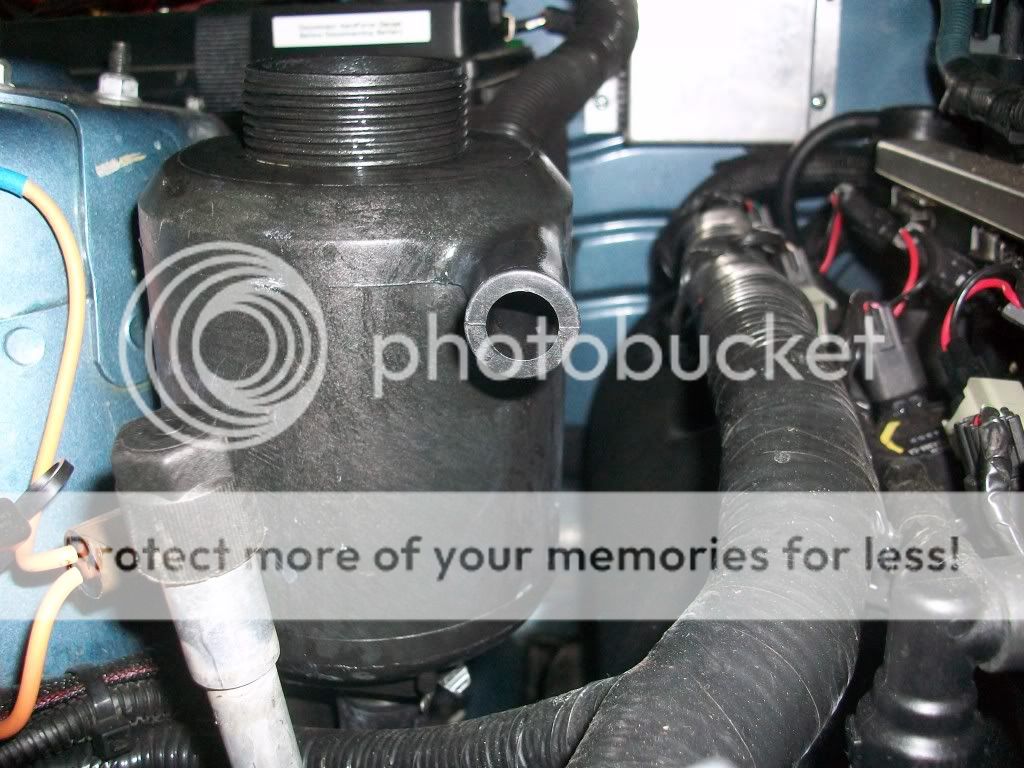
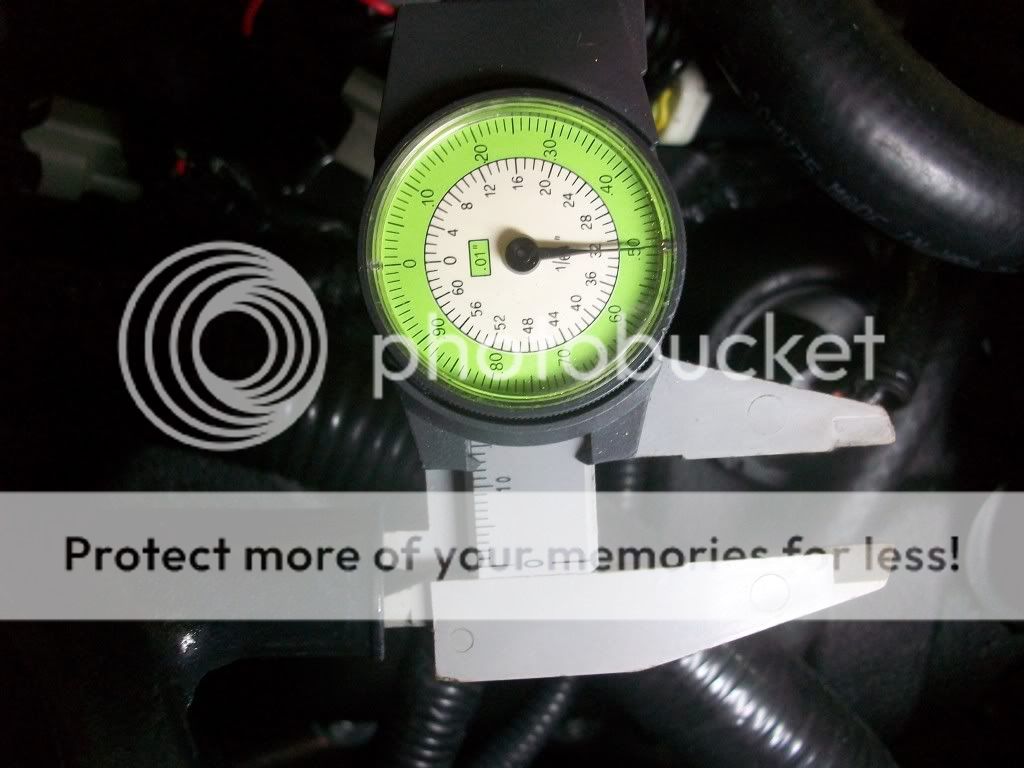
That 1/2" I/D is 25% smaller than all the rest of the hoses/fittings in the system. After seeing this, it is my personal belief that the I/C pump can not supply the rated GPM with this restriction and one of the first items that should be upgraded is the reservoir itself. Not necessarily just because of the qty of coolant it holds, but because the reservoir itself becomes a restriction in the I/C system by not allowing sufficient coolant to flow to the I/C pump, which affects the overall efficiency of the entire system.
For comparison the fittings that will be installed in my new Canton reservoir are 1/2" NPT x 3/4" hose and have an I/D of .625"
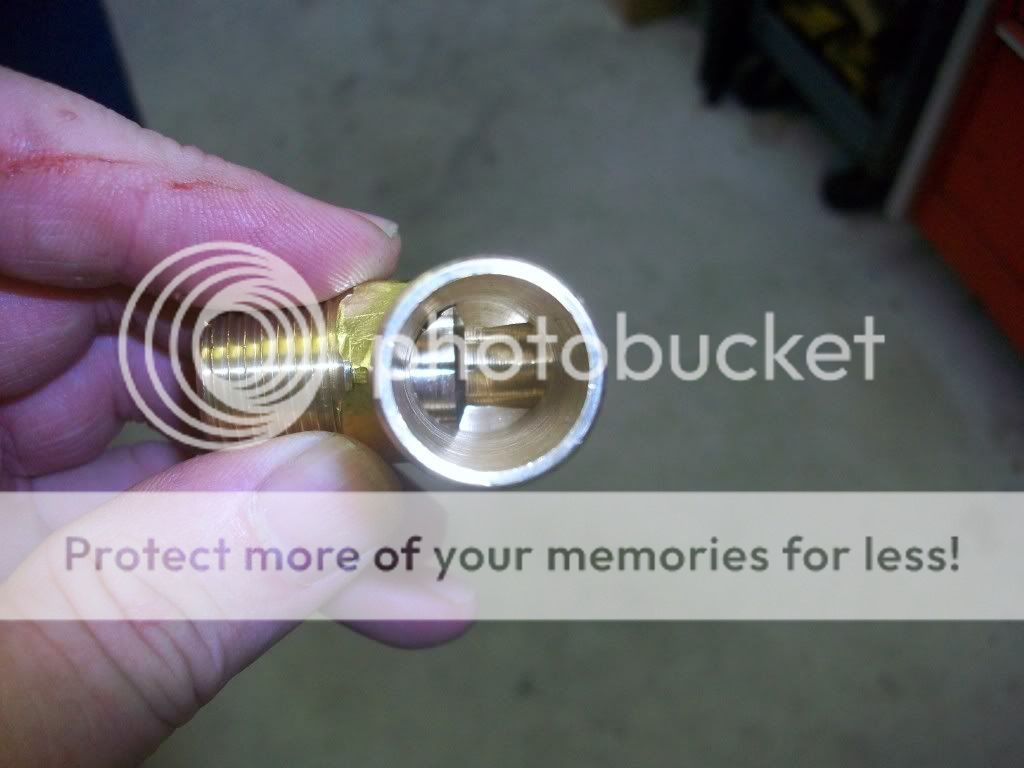
Note to all smart guys - feel free to comment on this thread even if it's nothing more than to say I am full of BS.
Like most everyone else that has a Saleen S/C'd vehicle, I am running a smaller pulley than the supplied 4" (4 psi) pulley. My wife's vehicle has a 3.2" pulley and my vehicle, that has a built motor, runs a 2.75" pulley. I have always assumed the higher IATs were the direct result of higher boost levels and this is true but not the entire story. High IATs have always plagued these vehicles. On my vehicle I installed an Afco GT 500 Dual Pass Heat Exchanger and even installed twin Spal fans. Even with the larger heat exchanger and dual fans, IATs were higher than I would have liked to have seen. So the next most logical step was to install a larger reservoir. Prior to installing the reservoir I decided to take a very close look at the complete I/C system to find out why it wasn't efficient.
On to the the heart of my post. The Saleen S/C uses 3/4" hoses. The I/D of the inlet/outlet to both the I/C pump and stock Saleen heat exchanger (as well as the Afco unit I installed) is 5/8" in diameter. Today I decided to look at the stock Saleen reservoir. While it uses the same 3/4" hoses, the I/D of both the outlet and return passages are only 1/2". See attached photos


That 1/2" I/D is 25% smaller than all the rest of the hoses/fittings in the system. After seeing this, it is my personal belief that the I/C pump can not supply the rated GPM with this restriction and one of the first items that should be upgraded is the reservoir itself. Not necessarily just because of the qty of coolant it holds, but because the reservoir itself becomes a restriction in the I/C system by not allowing sufficient coolant to flow to the I/C pump, which affects the overall efficiency of the entire system.
For comparison the fittings that will be installed in my new Canton reservoir are 1/2" NPT x 3/4" hose and have an I/D of .625"

Note to all smart guys - feel free to comment on this thread even if it's nothing more than to say I am full of BS.
Last edited:



